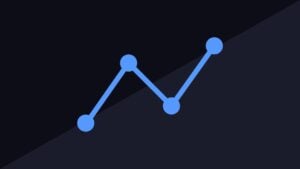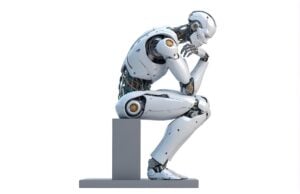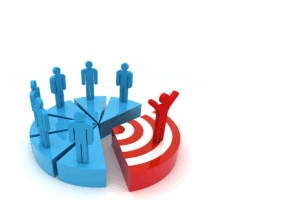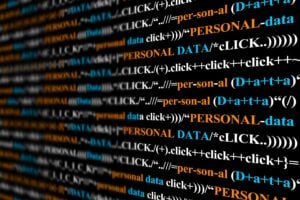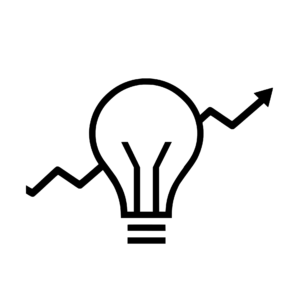Formulating the Next Generation
For some in the insights community, insights may move closer in essence and purpose to the strategy teams, such as the corporate and business strategy arms.
“I see insights much closer to strategy, such as the corporate and business strategy teams, although I’m not exactly sure where they sit will be the same for every organization,” says Kerry Sette, Vice President, Head of Consumer Insights & Research at Voya Financial.
“Obviously, everything related to AI is going to completely change our industry and how/where we spend our time. Efficiency is the name of the game and I’m here for it. AI will be our new ‘co-workers’ and instead of marketing to consumers, we’ll be marketing to algorithms. I think the challenge will be making sure that our talent has the grounding of all the research basics to truly play that consultative role,” say Sette.
Sette further observes, “I see the insights team largely comprised of mid to senior level small and medium sized enterprises, which will be a blend of primary researchers/secondary researchers, data science, and analytics professionals that over-index on the softer skills, which are a must-have, but ideally will have a nice blend of both soft and hard skills. Likewise, I think it will always be a blend of DIY plus agencies for scale purposes and to meet fast-paced needs of businesses. I think the big challenge here as an industry will be to ensure team members have and know the basics, even if our AI ‘co-workers’ are doing all the hard work.”
Still, some may see that AI is not necessarily going to play as much of a central role in the future. Will human intelligence win out over the long run?
“AI tool fatigue is a real factor,” says Colleen Funkey, leading Consumer Insights and Strategy at the Estée Lauder Companies in North America. “While there are a growing number of tools available, learning how to navigate this changing landscape and being able to unlock value from the chosen tools will be key.”
Funkey agrees that soft skills will be in demand in addition to the hard skills of qualitative and quantitative research.
“Truthfully, what’s needed now more than ever are the human or ’soft’ skills to manage stakeholders, influence, persuade and build trust,” points out Funkey. “With so many great research tools and options available today, it’s overwhelming and having a trusted partner to be a sounding board, help you navigate the new landscape, pressure test findings and recommendations is especially important now.”
It’s All in the Data
Su-Feng Kuo, Sr. Director, Global Clients Insights & Analytics at Visa, brings up a key point that she feels will be valuable in the future of the insight and analytics profession: Data collaboration.
“How we leverage data from different sources and different types of data will be key right now and into the future,” says Kuo. “I really see a huge potential in the area, and I have seen some companies doing well with this. But I feel that’s the area we can do more and do better as well. Because we have so many clients, and they have so many different kinds of data, and we also have our own data that we need.”
In some industries, like finance, pharmaceuticals and health care, data collaboration may be hindered, or smoothed over, by regulations and compliance issues. Kuo sees compliance as something that data science and insights professionals could very well depend on in the future.
“How can we do this in a compliant way? In every single market. Once we sort it out, I think we will really unlock a lot of potential,” says Kuo.
Finding the Deep Insight Opportunity
Some in the consumer insights and analytics disciplines grapple with more granular questions about the profession as a whole, and just how the role communicates to each other and relevant stakeholder audiences.
“I have a philosophy on this, which is I think the problem with the insight business: I don’t think the definition of insight is very clear to people. Different people define it differently,” says Arvind Balasundaram, Executive Director, Commercial Insights & Analytics, Regeneron Pharmaceuticals. “To me, it’s akin to a GPS. If a group of people don’t know if they’re going to Houston and some think they’re going to Philadelphia and other people think they’re going to Minneapolis, no one’s going to be happy.”
Balasundaram adds, “The first point is to gain consensus and alignment on what an insight represents. To me, an insight represents the unlocking of some kind of tension that provides a differentiable opportunity. Often, that’s a tension that people themselves or participants don’t realize exists. That is where I think the insights process requires depth. We talk about deep insights, but I think where the depth comes from is that you’ve got to uncover something that participants in the process themselves may not know. Once you do that, you then have a compass to doing a progressive stream of work to further refine that insight and turn your asset into an opportunity.”
“To me, that is what insights are. That is what delivers impact in the insight game. That’s where the intersection is,” says Balasundaram.
Video courtesy of Strategy Tips with Julian Cole
Contributor
-

Matthew Kramer is the Digital Editor for All Things Insights & All Things Innovation. He has over 20 years of experience working in publishing and media companies, on a variety of business-to-business publications, websites and trade shows.
View all posts








